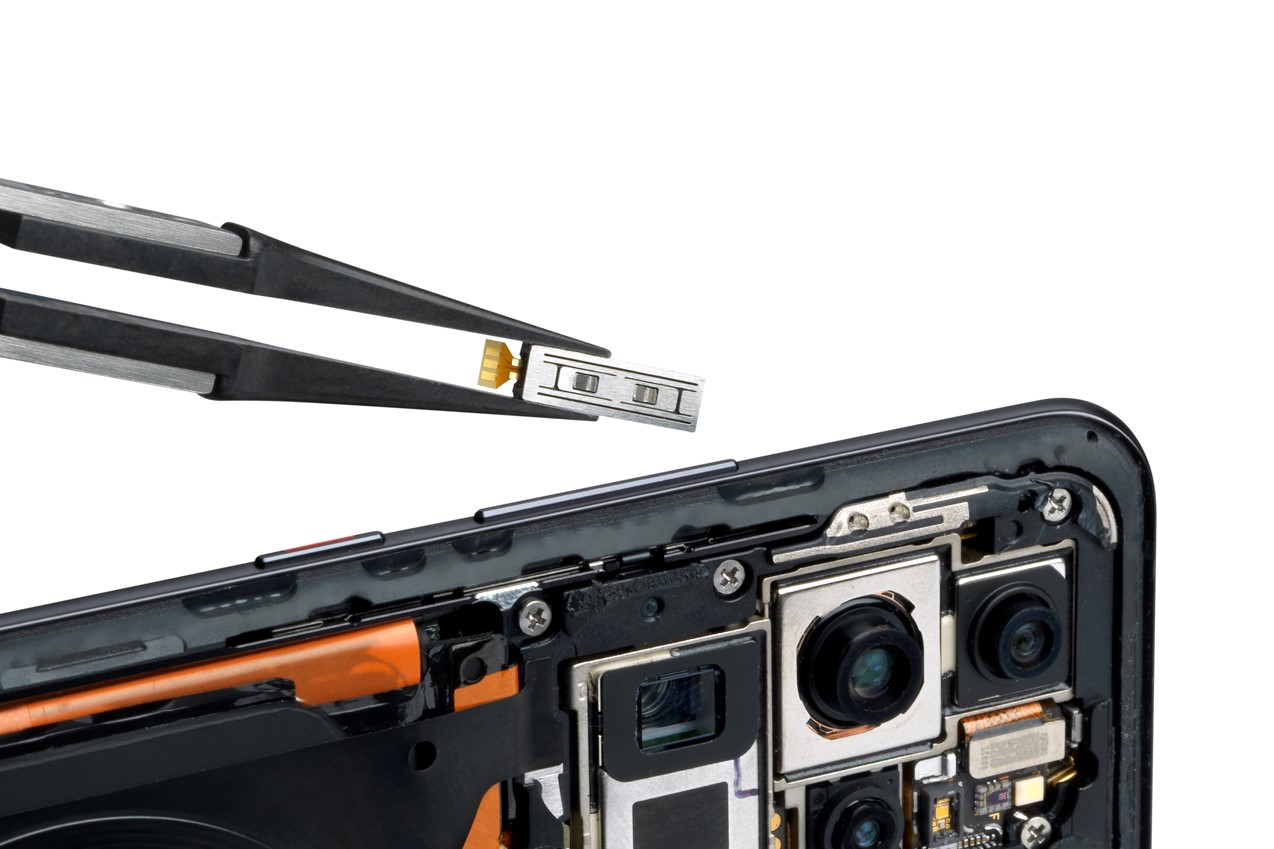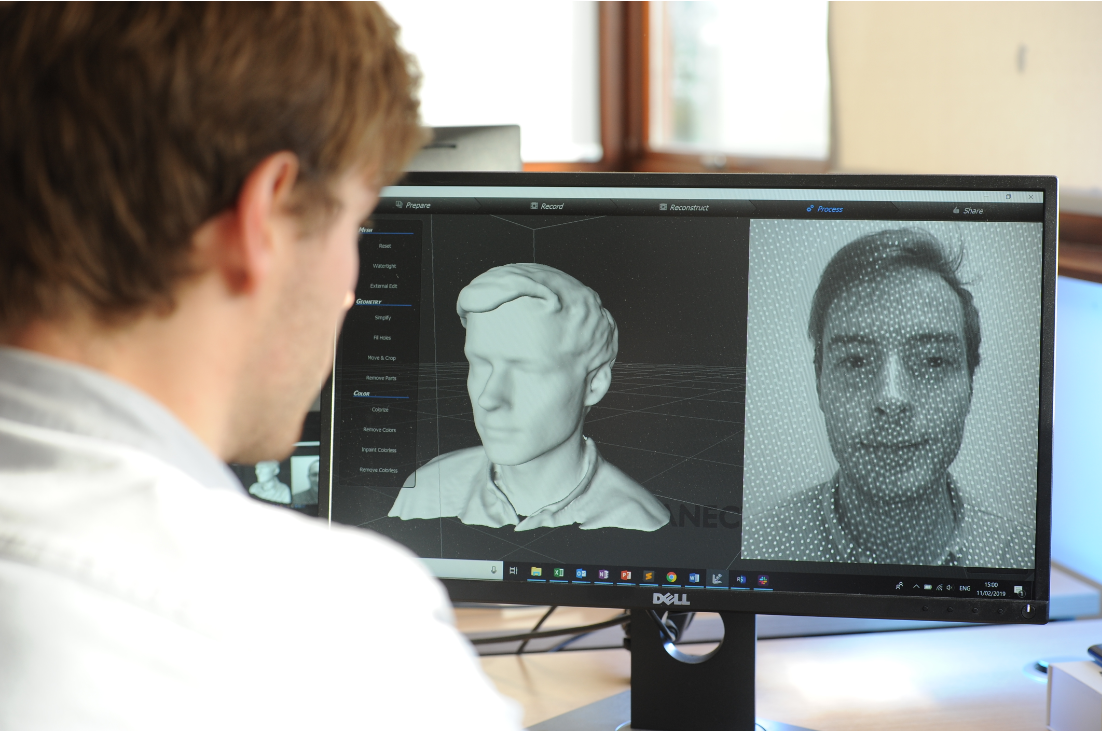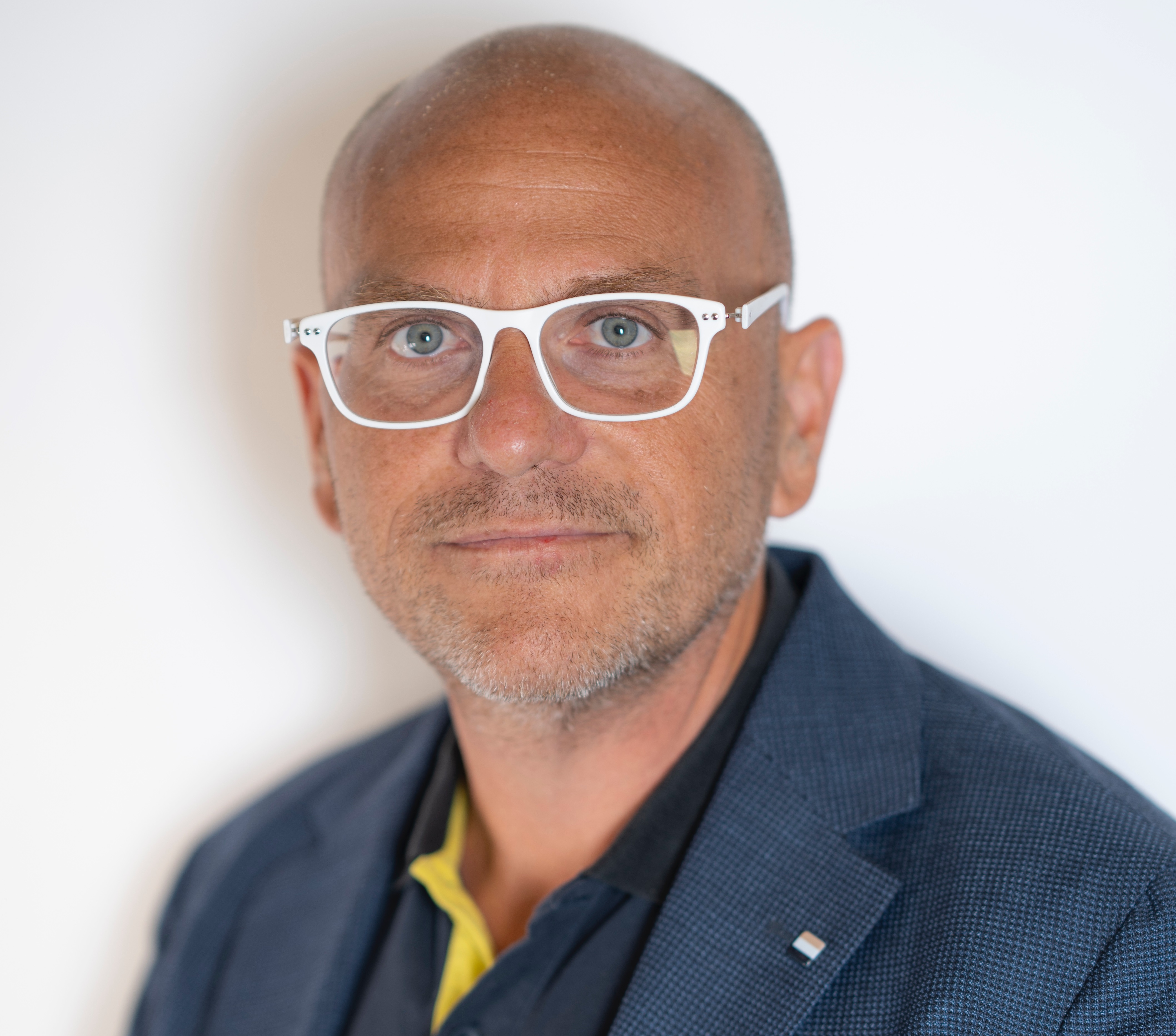UK smartphone camera component developer Cambridge Mechatronics’ latest round featured strategic investors Sony Ventures and Intel Capital.

Haptic actuator. Image courtesy of Cambridge Mechatronics.
Intel Capital and Sony Innovation Fund have invested in Cambridge Mechatronics, a UK company whose precision-engineered components, they believe, could be key to creating the next generation of phones, with even higher camera and image capabilities.
“We believe that the features of this technology hold immense potential for reshaping how smartphones are engineered,” Antonio Avitabile, UK-based managing director at Sony Ventures Corporation, tells Global Corporate Venturing in an interview.
Chipmaker Intel’s corporate venture capital subsidiary co-led the $40m funding round for Cambridge Mechatronics alongside investment firm Atlantic Bridge and venture capital firm Supernova Invest. Conglomerate Sony’s strategic investment arm was a participant in the round.
Cambridge Mechatronics’ camera technology
Cambridge Mechatronics started life as an audio company, founded in 1995 by a Cambridge academic, but later pivoted to focusing on smartphone actuator technology. Actuators are components that allow phones to generate movement like vibration or sound. Cambridge Mechatronics claims to be dominant in the precision control of the shape memory alloy (SMA) materials for these uses.
“Other companies have made SMA actuators but only Cambridge Mechatronics has been able to demonstrate the submicron precision control necessary for applications such as smartphone cameras,” Osmant adds.
“In the smartphone camera industry we are starting to displace the incumbent technology VCM (voice coil motor) as our technology delivers a more powerful actuator in a smaller form factor, and without any electromagnetic interference with other components.”

These actuators can provide auto-focus and optical image stabilisation in smartphone cameras. Cambridge Mechatronics’ products have already shipped inside 70 million smartphones, including the world’s top-ranked smartphone cameras, Osmant says, citing data from smartphone industry organisation DXOMark.
The company’s compact actuators also have applications in other consumer devices including augmented and virtual reality, facial recognition, drones and laptops, and other markets such as industrial, medical, automotive and defence.
Another example is in drug delivery, where the company is developing a compact microfluidic patch pump, another industry already in the billions of units per year.

Why Sony Ventures invested in Cambridge Mechatronics
Sony’s Avitabile says that in the next era of smartphones, there will be even more need for the small but powerful actuators that Cambridge Mechatronics makes.
“This juxtaposition is particularly intriguing within the smartphone industry, where devices are being developed to incorporate more and more advanced camera technology, such as larger, superior lenses that take up more space,” Avitabile adds.

“As a result, other components within the devices must shrink in size while maintaining or enhancing their functionality. We believe that the features of this technology hold immense potential for reshaping how smartphones are engineered.”
Although Avitabile did not specify potential applications of Cambridge Mechatronics’ technologies in Sony Group’s products, he says the Sony Innovation Fund team will continue to provide domain insight and expertise to the company.
“Our team at Sony Innovation Fund has an extensive background in deeptech and, more specifically, domain expertise in sensors and related technologies,” Avitabile says.
This background helps guide the Cambridge Mechatronics team as the company advances its technology, adds Avitabile.
Camera technology is the most crucial area in today’s smartphone innovation, thanks to the growth of social media and video-sharing platforms.
Sony’s Xperia phones were the most popular smartphone in Japan in the early 2010s but the market is now dominated by Apple’s iPhones, which have 70% market share in the country, according to Statcounter’s latest data updated in August 2023.
In addition to Xperia smartphones, Sony Group also conducts research and development activities in digital health, life sciences and biomedical fields. For example, Sony Electronics’ Nucleus smart imaging platform helps medical providers obtain 2D, 3D and 4K images for diagnostics and minimally invasive surgeries.
Cambridge Mechatronics’ first VC funding
Before this round, Cambridge Mechatronics was backed by unnamed high-net-worth individuals, family offices and trade partners. This is the first time it has received investment from VCs, Osmant says.
“The VCs bring with them a wealth of expertise, experience and contacts in the industry that will support the common ambition to pivot Cambridge Mechatronics to become the world’s foremost full systems solution provider of SMA technology, including actuator designs, driver integrated circuits and control firmware,” Osmant adds.
“As we look to move into new markets, the VCs will provide guidance and underpin the investments needed to fund the phases of growth we have set out.”










